
The Texas A&M University Corps of Cadets is a student military organization at Texas A&M University. Established with the university in 1876, it is the oldest student organization on campus.
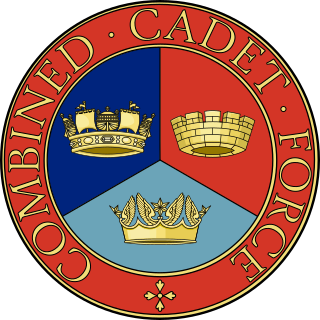
The Combined Cadet Force (CCF) is a youth organisation in the United Kingdom, sponsored by the Ministry of Defence (MOD), which operates in schools, sub divided into Royal Navy, Royal Marines, Army and Royal Air Force sections. Its aim is to "provide a disciplined organisation in a school so that pupils may develop powers of leadership by means of training to promote the qualities of responsibility, self reliance, resourcefulness, endurance and perseverance".
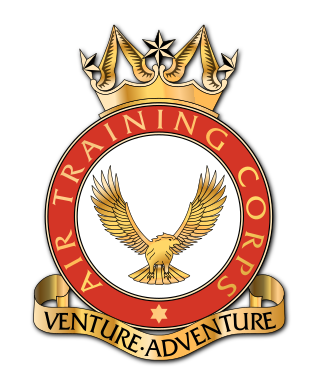
The Air Training Corps (ATC) is a British volunteer youth organisation of the United Kingdom; aligned to, and fostering the knowledge and learning of military values, primarily focussing on military aviation. Part of the Royal Air Force Air Cadets (RAFAC), the ATC is sponsored by the Royal Air Force (RAF) and the wider Ministry of Defence (MoD). The majority of Air Training Corps staff are volunteers, though some staff are paid for full-time work; including Commandant Air Cadets, who is a Royal Air Force officer as part of a Full Term Reserve Service commitment.

The Sea Cadet Corps is a national youth charity. It is present in England, Scotland, Wales, Northern Ireland, Malta and Bermuda. Cadets follow an ethos, training plan and rank structure similar to that of the Royal Navy, and are recognised by the UK Ministry of Defence.

The Virginia Tech Corps of Cadets (VTCC) is the military component of the student body at Virginia Polytechnic Institute and State University. Cadets live together in residence halls, attend morning formation, wear a distinctive uniform, and receive an intensive military and leadership educational experience similar to that available at the United States service academies. The Corps of Cadets has existed from the founding of the Virginia Agricultural and Mechanical College in 1872 to the present-day institution of Virginia Tech, which is designated a senior military college by federal law. As of August 2021, about 1,200 cadets are currently enrolled in the program.

The New Zealand Air Training Corps is one of the three corps in the New Zealand Cadet Forces (NZCF), alongside the New Zealand Sea Cadet Corps and the New Zealand Cadet Corps. It is funded in partnership between the Royal New Zealand Air Force (RNZAF) and local communities. Members are civilians with no obligation to enlist in the New Zealand Defence Force (NZDF). Should a cadet enlist, their service in the ATC cadet does not translate into higher pay, rank, or seniority.
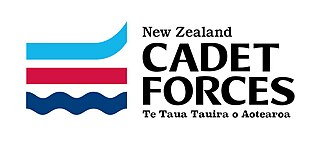
The New Zealand Cadet Forces is a voluntary military-style training organisation for New Zealand youth between the ages of 13 and 21. Run in partnership with the New Zealand Defence Force (NZDF) and local community organisations. Through its three branches, the New Zealand Cadet Forces provide young adults with a four-year training curriculum, while a number of local, area, and national camps and courses provide further experience and qualifications. It is jointly funded by the Ministry of Defence, the Royal New Zealand Returned Services' Association, local communities, and the Associated charities belonging to each branch. Overall it is directed by Air Marshal Kevin Short, Chief of Defence Force. Cadets are not under any obligation to join the New Zealand Defence Force, however many choose to do so upon turning 18 years old.
Commandant is a title often given to the officer in charge of a military training establishment or academy. This usage is common in English-speaking nations. In some countries it may be a military or police rank. It is also often used to refer to the commander of a military prison or prison camp.

The National Cadet Corps (NCC) is the youth wing of the Indian Armed Forces with its headquarters in New Delhi, India. It is open to school and college students on voluntary basis as a Tri-Services Organisation, comprising the Army, the Navy and the Air Force. Cadets are given basic military training in small arms and drill. Officers and cadets have no liability for active military service once they complete their course.
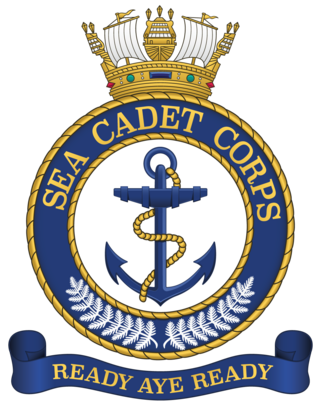
The NewZealandSea Cadet Corps is one of the three corps in the New Zealand Cadet Forces, the other two being the Air Training Corps, and New Zealand Cadet Corps. It is a military-style training organisation for young people between the ages of 13 and 21. Activities include sailing, and boat work, ropework shooting and drill, amongst other activities, many of which involving the other branches of the NZCF. Cadets need to pass an annual swimming test to undertake water-based activities.

Lady Pamela Carmen Louise Hicks is a British aristocrat and relative of the British royal family. She is the younger daughter of Louis Mountbatten, 1st Earl Mountbatten of Burma and Edwina Mountbatten, Countess Mountbatten of Burma. Through her father, Lady Pamela is a first cousin of the late Prince Philip, Duke of Edinburgh, and a grandniece of the last Empress of Russia, Alexandra Feodorovna. She served as a bridesmaid and later as a lady-in-waiting to Queen Elizabeth II. She is also a great-great-granddaughter of Queen Victoria through her father.
The officer ranks of the Royal Air Force, as they are today, were introduced in 1919. Prior to that Army ranks were used.
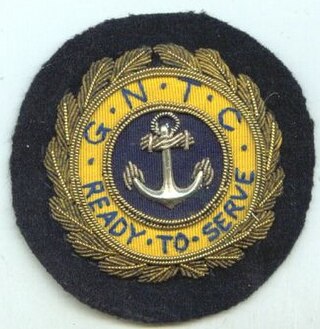
The Girls' Naval Training Corps was formed as part of the National Association of Training Corps for Girls in 1942, with units mainly in Southern England. Its objective was congruent with that of the Sea Cadet Corps, teaching girls aged 14 to 20 the same seamanship skills as the SCC taught the boys, in preparation for service with the Women's Royal Naval Service.
The Navy League refers to various organisations worldwide:

The Bermuda Sea Cadet Corps was created in 1966 and registered as a charity under the Bermuda Sea Cadet Association Act, 1968. The first unit had actually been created two years earlier.

Diana Barnato Walker MBE FRAeS was a pioneering British aviator. In World War II, she became one of the first women pilots of the Air Transport Auxiliary, flying 80 types of aircraft and delivering 260 Spitfires. In 1963, she became the first British woman to break the sound barrier, flying at Mach 1.6, which also represented a world air speed record for women.
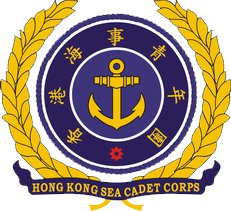
Hong Kong Sea Cadet Corps is a youth organization based in Hong Kong and formed in 1968 by former Royal Naval Reserve officers by the creation of Hong Kong Law

The Girls Venture Corps Air Cadets (GVCAC) is a voluntary uniformed youth organisation in the United Kingdom for girls aged between 11 and 20. It is a registered charity, and a member of The National Council for Voluntary Youth Services (NCVYS). the Corps Commandant is Yvonne McCarthy. The GVCAC receives no funding from the Ministry of Defence (MoD). All adult staff members are subject to DBS checks.

The Junior Reserve Officer Training Corps is a federal program sponsored by the United States Armed Forces in high schools and also in some middle schools across the United States and at US military bases across the world. The program was originally created as part of the National Defense Act of 1916 and later expanded under the 1964 ROTC Vitalization Act.

The Naval Academy is a service academy of the Indonesian Navy, the naval component of the Indonesian National Armed Forces Academy System or the AKABRI. Its campus is located in Surabaya, East Java and trains men and women to become officers of the Navy, including the Indonesian Marine Corps, Fleet Forces, Naval Aviation and support branches.























